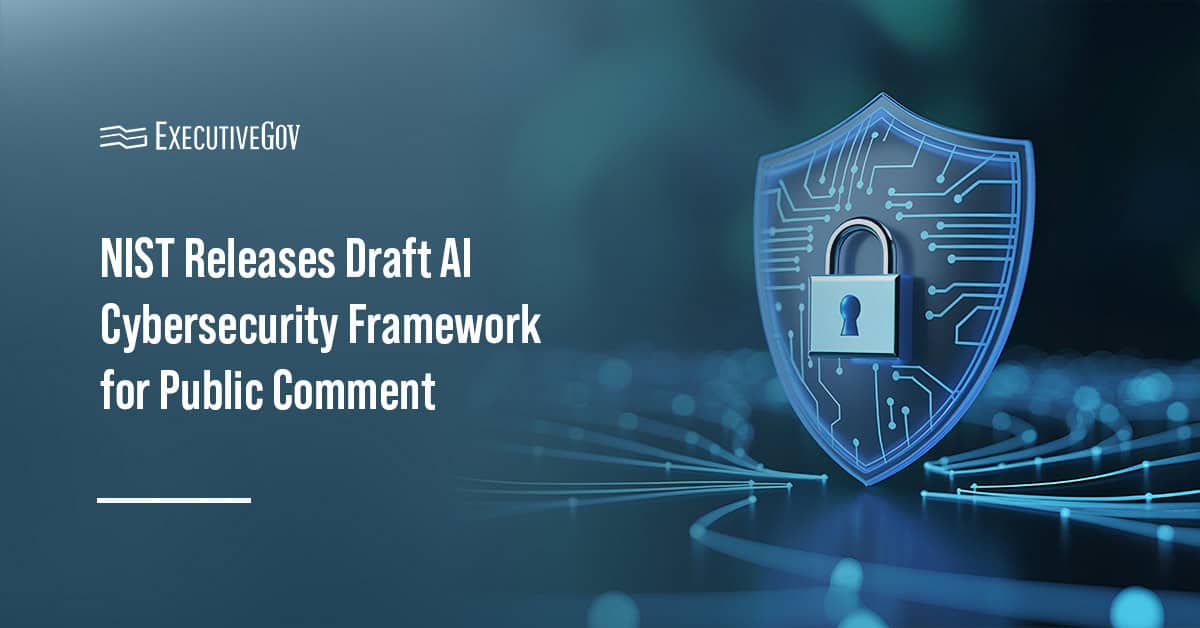 The Office of Personnel Management seeks $37 million in funds to migrate the agency’s information technology systems to a proposed “Shell” infrastructure in fiscal 2017, Federal News Radio reported Monday.
The Office of Personnel Management seeks $37 million in funds to migrate the agency’s information technology systems to a proposed “Shell” infrastructure in fiscal 2017, Federal News Radio reported Monday.Nicole Ogrysko writes acting OPM Director Beth Cobert told a House appropriations subcommittee Monday that agency personnel came up with a $37-million cost estimation for the IT project after several months of discussion.
Cobert estimates OPM will spend about $10 million to move federal recruitment and hiring platforms to Shell and additional money to plan modernization of complex systems at the agency, Ogrysko reports.
“We want to do that planning in ’17, so that when we make the investments to modernize those systems we have a clear plan in place,” added Cobert, a 2016 Wash100 recipient.





